Timothy Isherwood, University of Salford Lecturer tells us more about the Salford Type Foundry which he founded.
Salford Type Foundry was initially conceived as an outlet for the typographic developments of the students on the BA (Hons) Graphic Design programme at the University of Salford.
Typography plays an important, but often invisible, role in all our lives, so for Graphic Design students, it is vitally important that typography is experienced and studied in relative detail. A part of this study is the opportunity to develop typefaces, initially constructing those twenty-six shapes that define our language, moving through numerals, considering upper and lowercases, punctuation, ligatures, bold, italic etc.
Having constructed independent projects and workshops within modules that ask the students, of all levels, to engage specifically in experimental type design, it became apparent that these fonts, after careful and often painstaking manufacture, did not have a voice. They were often unused, left to languish in sketchbooks or on hard-drives. The need to provide a platform for these creations was evident.
After collecting typographic submissions from our students we had a large database from which we could begin the project. It was important that the project involved students at its core, so we openly invited interested participants to help us shape and mold the proposal. Our first meeting drew a large crowd of 50 or so students that gradually narrowed to a smaller nucleus dedicated to bringing the exercise to its initial conclusion, that of launching a typographic foundry or repository dedicated to showcasing the typographic excellence of the students on our programme. Students, George Dunkley and Megan Jones took the lead in the project.
The first few meetings decided aspects like formats, names, proposed outcomes, technical requirements, logos/identities and strategies for development. Over a period of five months these were refined to the point of being able to launch the site as a live entity, which along the way included asking individual students to resubmit their fonts onto a specified format and upload them to the Foundry, crafting and polishing the identity, building and testing the website, producing content for the blog, alongside organising a launch exhibition and the associated press coverage.
It was decided early on in the project that success would be measured through our ability to provide a professional platform for the students to showcase their work. Once a student has downloaded the necessary template to place their letterforms into, they simply email their creations to us, complete with a biography about its construction and the associated links to blogs and personal websites. These enable interested parties to see other work produced by individuals and potentially contact the designer directly. Each typeface will be given its own page on the site, although the STF team does hold some editorial control (rarely exercised).
An initial or ‘soft’ launch of the site was achieved at the international design conference Typo London, which took place in November 2012 at Logan Hall, University of London, where we were able to introduce the website to specialist professionals and students of related subjects. This opportunity not only allowed us to take, free of charge, 45 students from our course to a major three-day design conference, but also to test our branding and solicit responses from our intended target market.
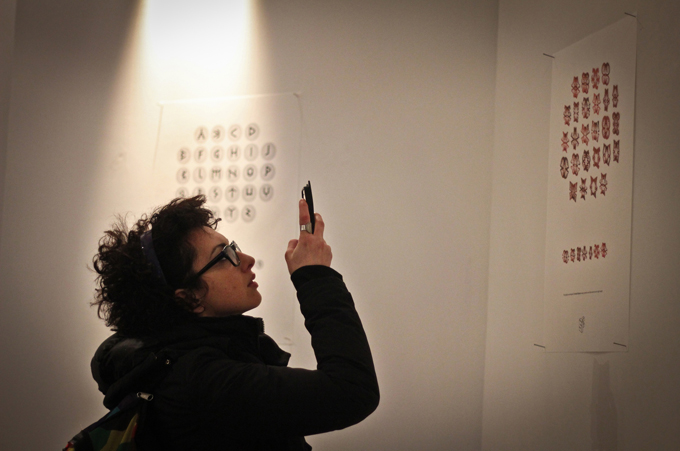
Havas Lynx by Mike Warren
The official launch of the site took place in late November 2012 in conjunction with Creative Lynx (now Havas Lynx) in their tremendous mezzanine gallery space at 52 Princess Street, Manchester, were we were able to present a launch exhibition that attracted significant media attention and critical praise, notably Creative Review, Manchester Evening News, Times Higher, Creative Times etc. We generated A2 prints of a selected number of typefaces from the Foundry, presenting them as portraits, whilst a selection of GIFS and short videos generated from the fonts was also projected into the space. On the evening of the launch a series of screens were available from which the website could be explored.
There are currently have 60 typefaces displayed on the site, designed by 50 students and recent graduates. We’ve also featured work in progress, videos, exhibitions and interviews with type designers on our blog.
Over the next few months STF will also be reaching out to feeder colleges, partner institutions, and other universities both nationally and internationally, through social media and printed promotional packs. A specific brief will be set on 20 March with chosen responses being featured on the site and blog. In doing this, we hope to build a better understanding of the importance of typography in students’ work and future practice. Also to introduce a wider range of typographic experiments and ideas to the Foundry, ensuring that it continues to stay contemporary, relevant and beneficial.


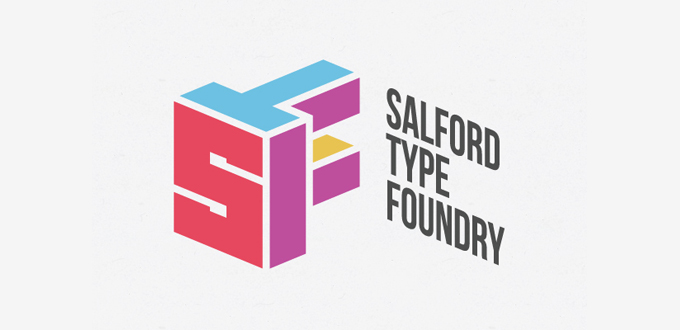
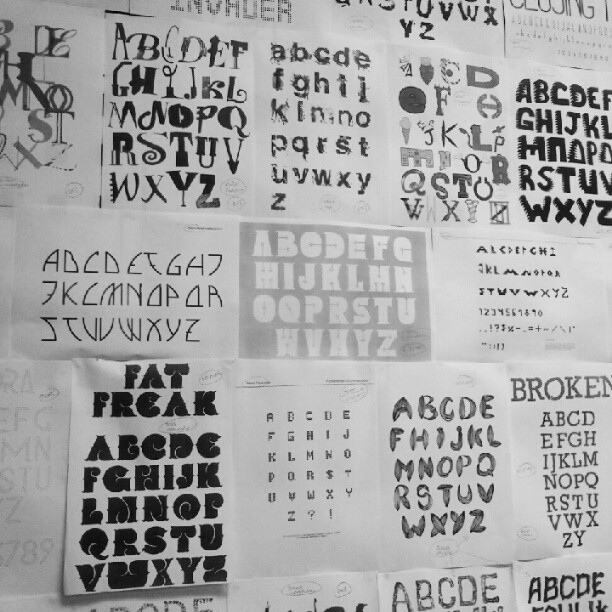
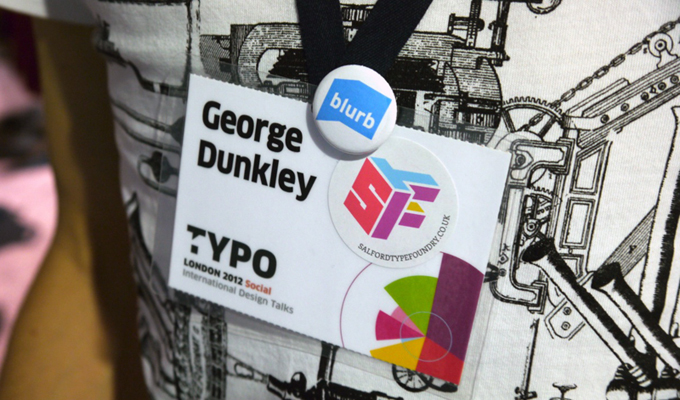
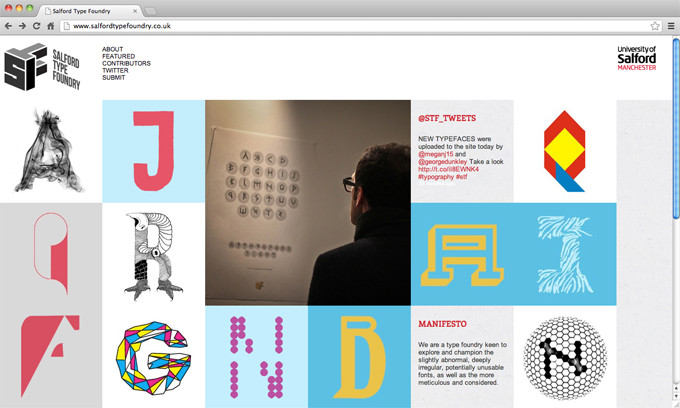
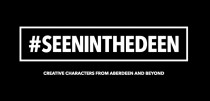
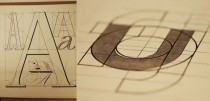
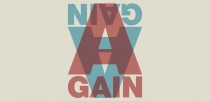









Comments